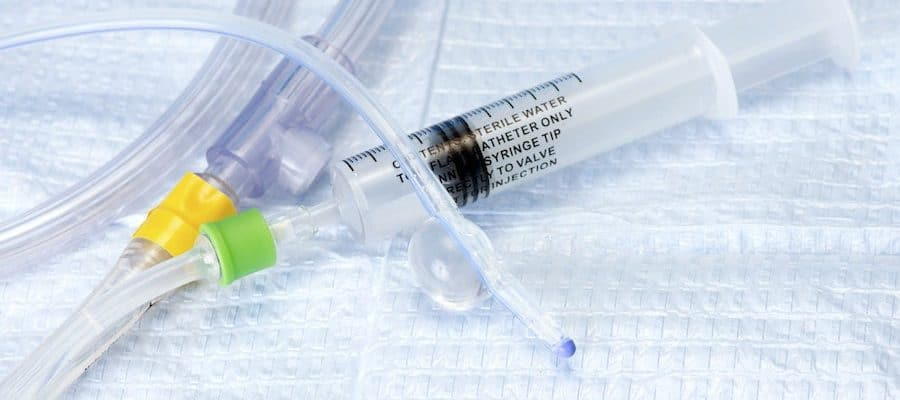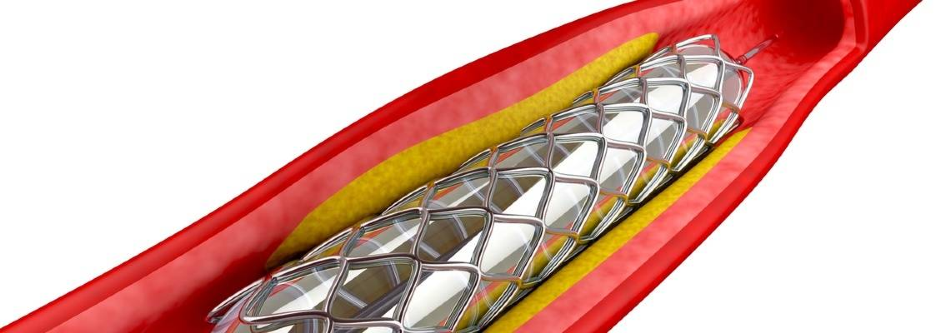 Interview conducted by Courtney Garner, MAJun 2 2020
Interview conducted by Courtney Garner, MAJun 2 2020E&L is an exciting field to work in because there are still many new frontiers to explore. Specifically, designing screening methods which can identify any of the thousands of potential extractables and leachables in a complex sample matrix is a daunting analytical challenge.
In our most recent publications, we have focused on solving the issues caused by response factor (RF) variation. This problem relates to the fact that compounds at equal concentrations do not give equal signals. This complicates the determination of those compounds which are above the toxicologically relevant threshold, and it can also result in error in estimations of the quantity of extractables and leachables.

Image Credit: Jordi Labs
Could you give our readers an overview of the multidetector approach and how it is used for E&L analysis?
Historically, most E&L work was done using GCMS to screen for volatile compounds and LCMS to look for non-volatiles because of their excellent identification capabilities. In general, the synergies between detectors were not emphasized.
The weakness of this approach was that LCMS has very high response factor variation which can result in significant errors in the estimated quantity of the leachables. Unreported compounds present above the toxicologically relevant level were frequently observed due to poor response on either LCMS or GCMS.
Nearly a decade ago, Jordi Labs pioneered the use of multidetector systems for E&L analysis to overcome the shortcomings of LCMS for surrogate standard quantitation. In this approach, alternative detectors such as UV and CAD are used for quantitation in place of LCMS because they have less response variation.
Another benefit is that the combination of multiple detectors allows us to avoid nonreporting of compounds which are present above the toxicologically relevant threshold because any compound which registers on any detector is reported.
Jordi Labs - Response Factor Variation and Uncertainty Factors in E&L Analysis
How does this approach solve some of the common challenges in E&L?
The two main problems caused by RF variation are inaccurate quantitation and unreported compounds. The multidetector approach reduces the first problem, quantitative inaccuracy, by using detectors that have less response factor variation combined with more reliable surrogate standard selection.
This approach reduces the number of unreported compounds because having more than one detector provides additional opportunities to detect each compound. A strong response on any one detector (say UV or CAD) can make up for a poor response on another detector (say LCMS).
The response of a compound on each detector is independent and so long as any one detector registers a sufficient signal for that compound, the compound will be included in the study.

Image Credit: Jordi Labs
What implications does this work have for proper standards selection in E&L analysis?
As described above, using detectors that have less RF variation makes the job of standard selection easier. If there is not as much variation, then you are more likely to get a standard with a more similar response.
Another important aspect is the predictability of the similarity of the response. In LCMS, it is very hard to know how strong a compound will respond based solely on an analysis of the compound’s chemistry. This is easier to predict for UV and CAD as it is more directly related to compound chemistry.
What do you feel is the overall significance of this work to the E&L community?
We hope that our recent publications will help the E&L community to improve the quality of the chemical risk assessment process by providing higher quality data for toxicological risk assessment. In recent years, several high-profile studies have indicated poor reproducibility between E&L labs.
The FDA has become aware of this problem and is requiring tighter quality measures during E&L work. We believe RF variation was a major contributor to the irreproducible results and the lack of suitable methods caused this problem. We want to describe these methods to the E&L community to help increase the reliability of E&L science and to make sure patient safety is protected.
What are the applications of this work for pharmaceuticals, medical devices and food contact materials?
In all three of these important fields, leachables can result in toxicity to the end user. The purpose of the chemical assessment is to demonstrate conclusively that a material is safe for its intended purpose.
We hope that our work can help contribute to raising the quality of the estimation of the leachables quantity, and by extension, make toxicological risk assessments more reliable.

Image Credit: Jordi Labs
What solutions does Jordi Labs offer for E&L analysis?
Jordi Labs offers a complete solution for E&L analysis including consultation and study design, chemical characterization and toxicological risk assessment services. We would be happy to work with you to make sure your study is a success.
Where can our readers find out more?
You can read Jordi Labs' latest paper and find out more on the Jordi Labs website.
About Dr. Mark Jordi
Dr. Mark Jordi is the President of Jordi Labs, a position he has held since 2006. During his tenure, Jordi labs has experienced 14 years of consecutive growth and has become a leader in the polymer analysis industry. Jordi provides over 2,000 analyses annually and offers more than 60 analytical techniques serving a wide range of industries including the chemical, pharmaceutical, and medical device industries. Dr. Jordi completed his B.S. in chemistry at Olivet Nazarene University and his Ph. D. at the University of Connecticut in the materials science division. His primary interests include development of improved strategies for identification and quantification of Extractables and Leachables as well as chromatographic and mass spectrometric analysis. Dr. Jordi is also an inventor and has developed a number of novel chromatographic stationary phases, some of which are patented.
Disclaimer: The views expressed here are those of the interviewee and do not necessarily represent the views of AZoM.com Limited (T/A) AZoNetwork, the owner and operator of this website. This disclaimer forms part of the Terms and Conditions of use of this website.